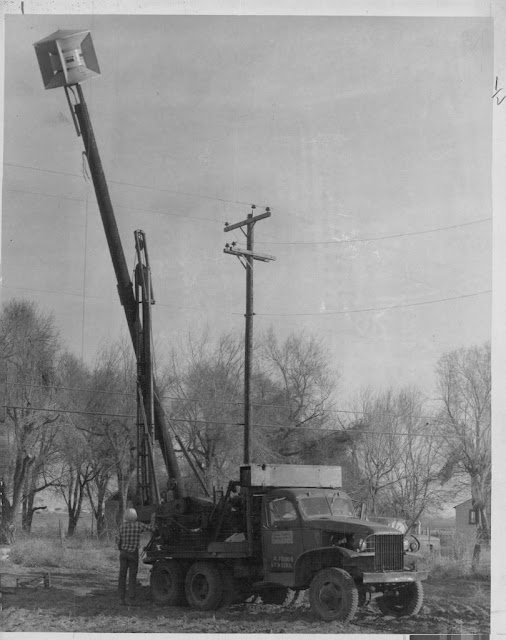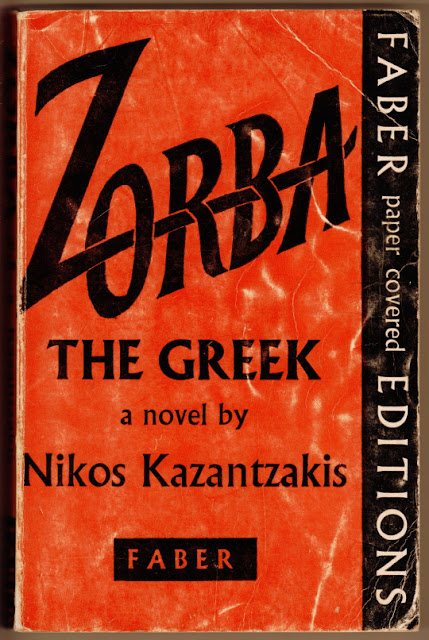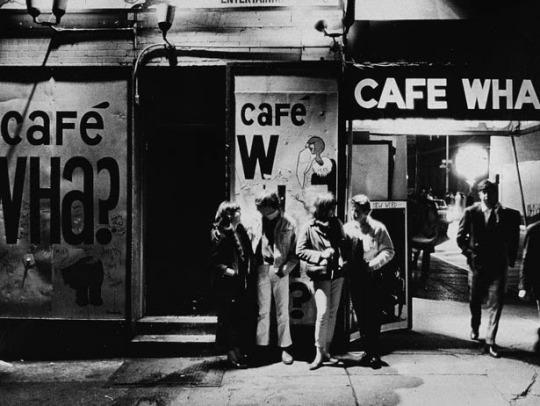Car designer who created the
Batmobile and customised Cadillacs for Elvis and Liberace
George Barris, who has died aged
89, was known as the “King of the Kustomizers”, responsible for cobbling
together dozens of bizarre vehicles for films and television series, most
memorably the Batmobile, a preposterous testosterone-fuelled black two-seater
with red trim that whisked the dynamic duo from the bat cave to do battle with
the Riddler, the Joker, the Penguin and other assorted baddies of Gotham City
in the original 1960s television series .
Barris had begun making a name
for himself in the custom-car field before the Second World War, and for many
years it was almost impossible for cinemagoers or television-watchers to ignore
his handiwork, his creations including the “Munster Koach”, the Beverly
Hillbillies’ jalopy, K.I.T.T. from Knight Rider, Herbie the Volkswagen in The
Love Bug, “Black Beauty” (Bruce Lee’s car in The Green Hornet) and the
customised Ford Explorers in Jurassic Park. In his essay on Californian
custom-car culture “The Kandy-Kolored Tangerine-Flake Streamline Baby” (1965),
Tom Wolfe described Barris as an artist – “like Tiepolo emerging from the
studios of Venice ... except that [he] emerged from the auto-body shops of Los
Angeles.”
In 1965 20th Century Fox studios
gave Barris only three weeks to come up with a supercar for the pilot episode
of Batman, a half-hour show for ABC Television starring Adam West as the caped
crusader and Burt Ward as Robin. With such a tight timetable, Barris was forced
to modify an existing car rather than develop something from scratch.
Luckily he had recently purchased
a Lincoln Futura, a Ford concept vehicle featuring menacing eyelid headlights,
dual jet-aircraft-style Plexiglas canopies, a full-length grille and giant
fins. Painted red, the car had featured in the 1959 Glenn Ford/Debbie Reynolds
film, It Started With a Kiss. Barris spent the next 21 days reworking the car,
painting it black, enlarging the wheel arches, extending the fins and fitting a
panoply of gadgets including bat-phone, bat-rocket launcher, bat-scope,
bat-beam, twin bat-chutes for emergency stopping, cable-cutter blade and a
“jet-turbine exhaust” rigged up to belch smoke and flame.
When the show was first
broadcast, the television critic of the New York Times observed that
“Television’s great and lasting gift has been to demonstrate that there is no
bottom to its barrel”. But children loved its combination of crime-fighting and
high camp, and Barris’s creation was a key element in its success. No toy
collection of any small boy of the 1960s was complete without its gadget-ridden
Batmobile. Barris contributed to the craze by designing plastic models of many
of his creations which could be assembled at home. He also whipped up three
replicas, with fibreglass bodies, two of which developed such bad cracks that
they had to be covered with a velvety “Bat Fur” to disguise the defects.
The original Batmobile, too,
promised rather more than it delivered. Although it could be driven, the Futura
suspension was constantly in need of repair; the electrical system was always
draining the battery and the engine overheated on a regular basis. Meanwhile a
distortion in the Plexiglas windshield made it difficult for the actors to see
the road.
He was born George Salapatas in
Chicago on November 20 1925, to Greek immigrant parents who later changed their
family name to Barris. His mother died when he was three and George and his
elder brother Sam were sent to live with an aunt and uncle in Roseville,
California.
Car-mad from an early age, the
two boys customised their first car as teenagers, applying orange and blue
stripes to a 1925 Buick and fitting it with hubcaps and metal trim made from
pots and pans.
After the Second World War George
Barris moved to southern California and opened his own shop, in Bell, a suburb
of Los Angeles, where he began customising cars for private clients. His often
outlandish creations soon caught the eye of Hollywood stars.
Among other commissions Barris
created a 1954 Cadillac Eldorado for Liberace with sterling-silver grand-piano
hood ornaments that played I’ll Be Seeing You when opened; a refurbished 1960
Cadillac Fleetwood for Elvis Presley, complete with gold-plated record player,
drinks cabinet and shoe buffer; a gold Rolls-Royce for Zsa Zsa Gabor; and a
pair of Mustangs for Sonny and Cher – his lined in bobcat fur and suede, hers
in pink patent leather.
Barris became the go-to man for
Hollywood producers from 1958 when he supplied the makers of the Mamie Van
Doren film High School Confidential with two identical customised 1948
Chevrolets, one of which was to be rolled over a cliff and had to be fitted
with inner struts to prevent injury to the stunt man. Barris’s talent for the
bizarre reached its height in the 1960s when, as well as the Batmobile, he
designed the “Munster Koach”, a fusion of three Ford Model T cars featuring a
custom hearse body and “blood red” interior.
The oil crisis of the 1970s,
however, led to a downturn in orders from the studios as cars became smaller .
But as the economy boomed in the 1980s business picked up, with the creation of
the “intelligent, talking car” K.I.T.T. in Knight Rider and the big screen
version of the Batmobile.
In 1958 George Barris married
Shirley Nahas, who predeceased him in 2001. Their son and daughter survive him.
George Barris, born November 20
1925, died November 5 2015





























































































































































